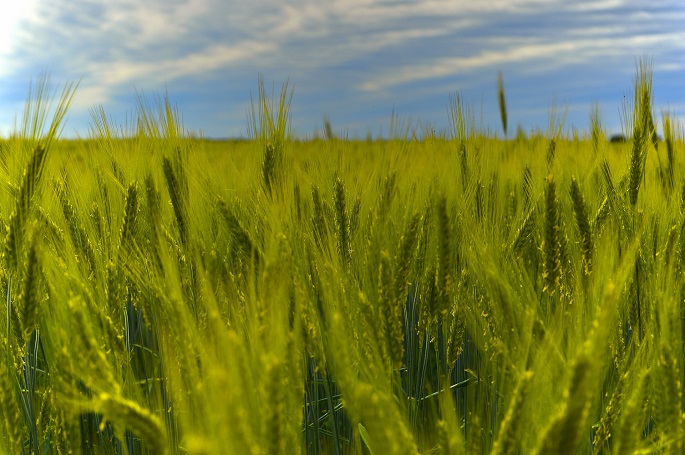Rye harvest highest in 30 years
Published : 14 Dec 2019, 17:31
The rye yield harvested in the autumn of 2019 was the highest in nearly 30 years, said the Natural Resources Institute- Luke.
The record-breaking trend will not continue in 2020, as the area sown with rye decreased by a third from the previous year. Next year’s rye yield will cover 70% of our annual need if yields are at an average level, or up to 100% at excellent yield levels.
The rye yield to be harvested in the autumn of 2020 was mainly sown a few months ago before the winter. The area sown with rye was significantly smaller than in the previous autumn, at least due to the slow progress of autumn harvesting. As a result, autumn sowing was possibly not carried out on some farms that planned it. Another factor that slowed down sowing was the decrease in the price paid for rye. The impact of sowing on the use of domestic rye in rye bread can only be seen in a year or two.
“Rye is the only cereal that is imported nearly every year due to the small area sown with rye. Last autumn’s yield was exceptionally high and was more than enough to cover our annual consumption. The situation will be completely different 12 months from now, when we will need a record-breaking yield like this year to cover our annual consumption of roughly 100 million kilos,” said Anneli Partala, senior statistician at the Natural Resources Institute Finland (Luke).
The area sown with rye this autumn is roughly 23,600 hectares in total. The area sown with organic rye was the highest in the history of statistics: nearly one quarter of the total area sown with rye, or approximately 5,500 hectares.
At roughly 30,000 hectares, it was a quarter smaller than in the autumn of 2018. Unlike rye, wheat is mostly sown in spring. This means that next summer’s total wheat area remains a mystery. This is also the case with our top two cereals, barley and oats, which will also be sown next spring.
We asked farms for the estimated area sown with winter crops during Luke’s crop production survey, covering 6,200 farms. The sown area will be specified next June, when the areas of all crops entered by farms in the rural business register of the Finnish Food Authority will be available. As the statistical authority, Luke produces farm statistics that are publicly available in Luke’s statistical database.


